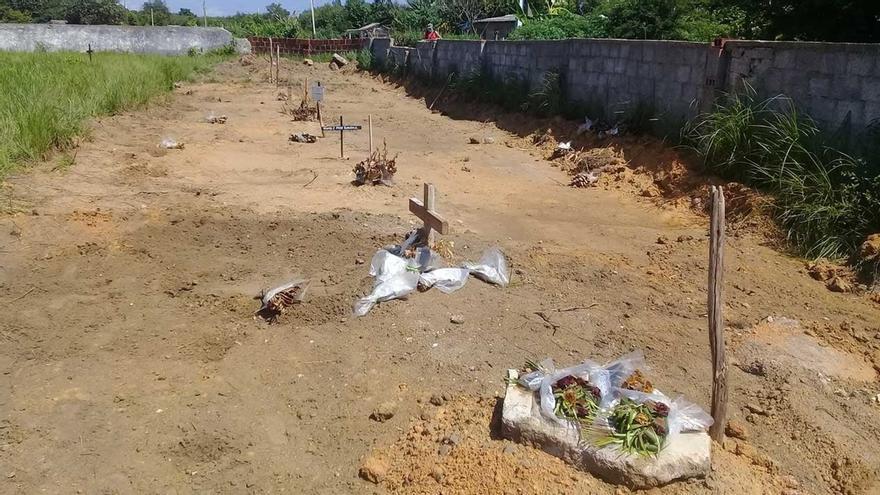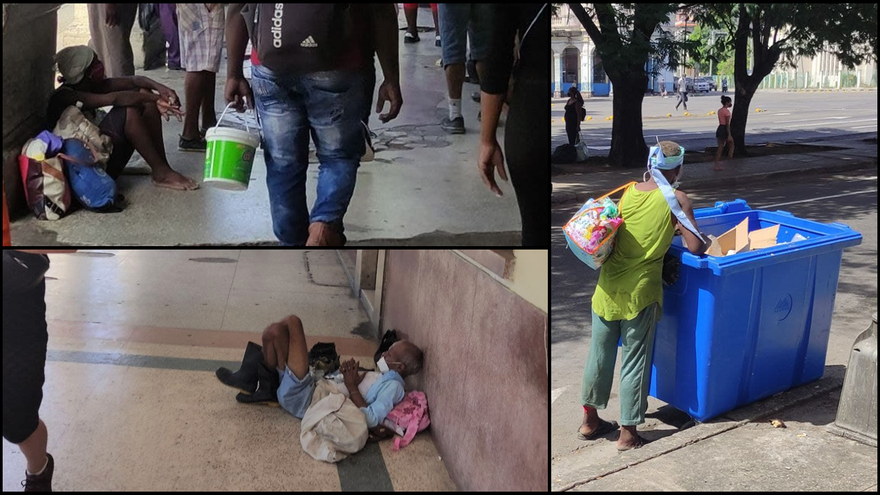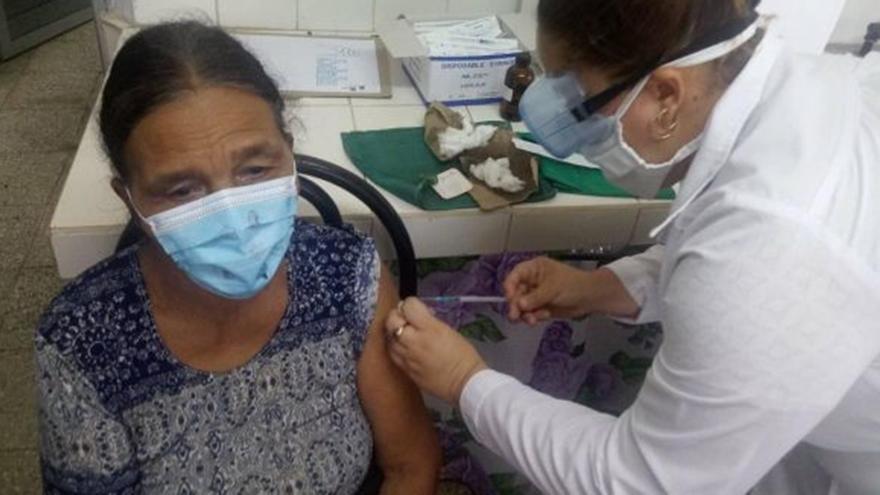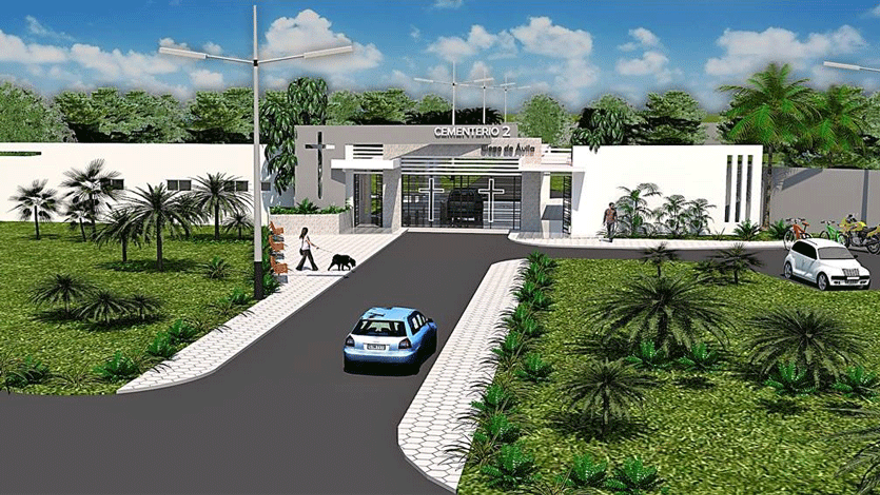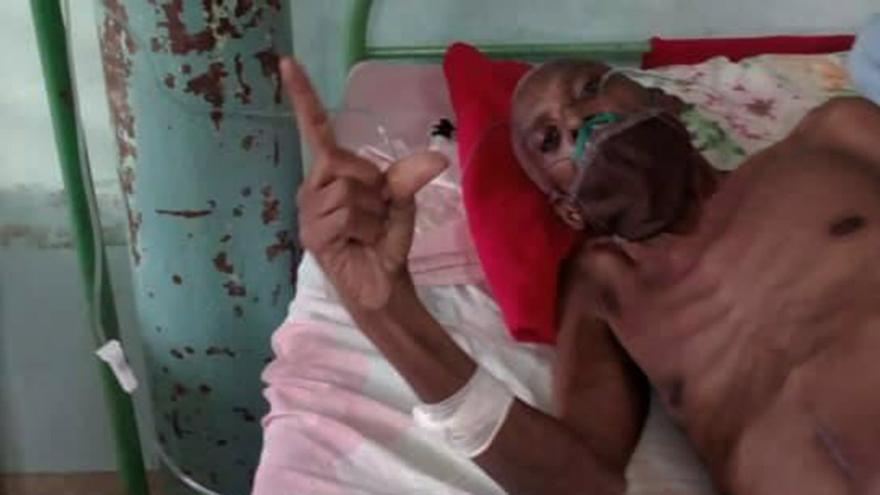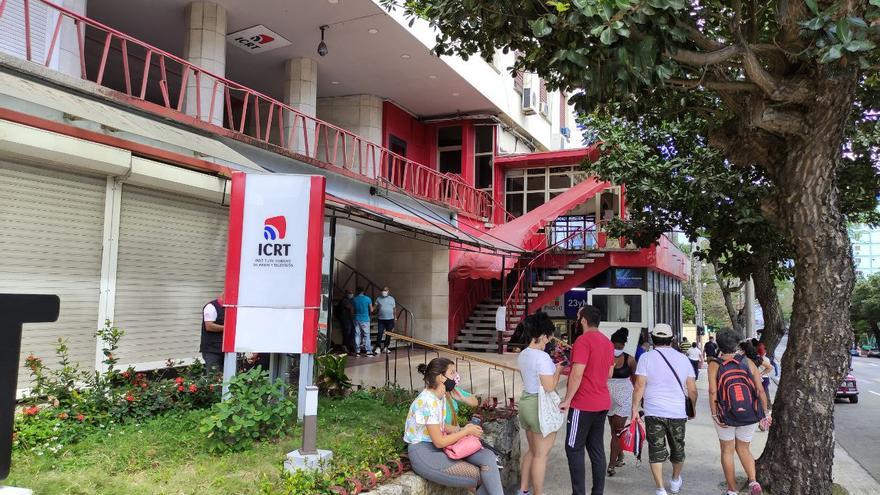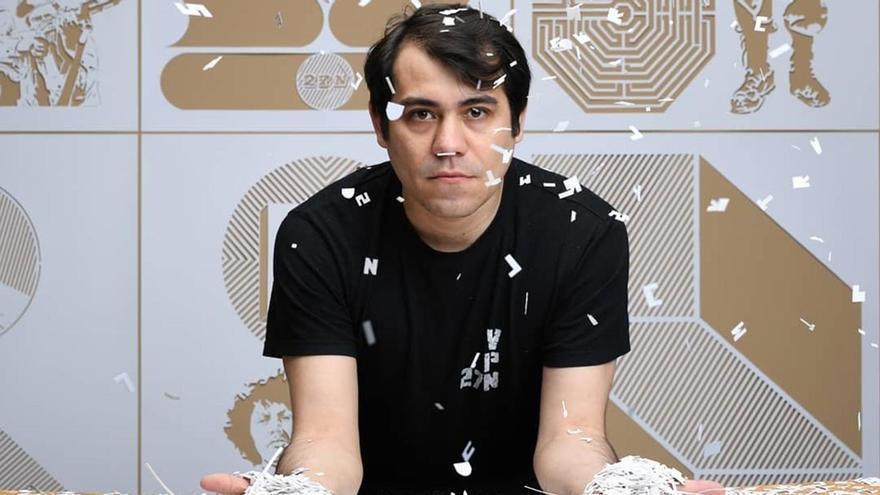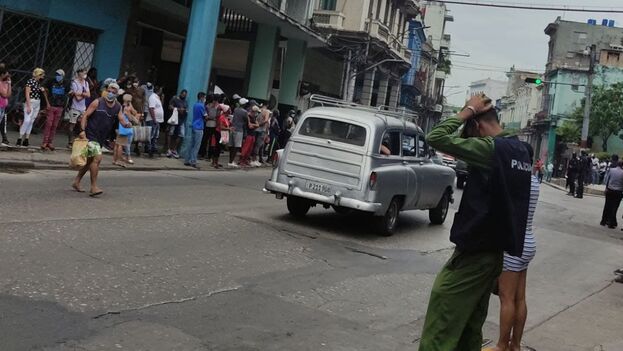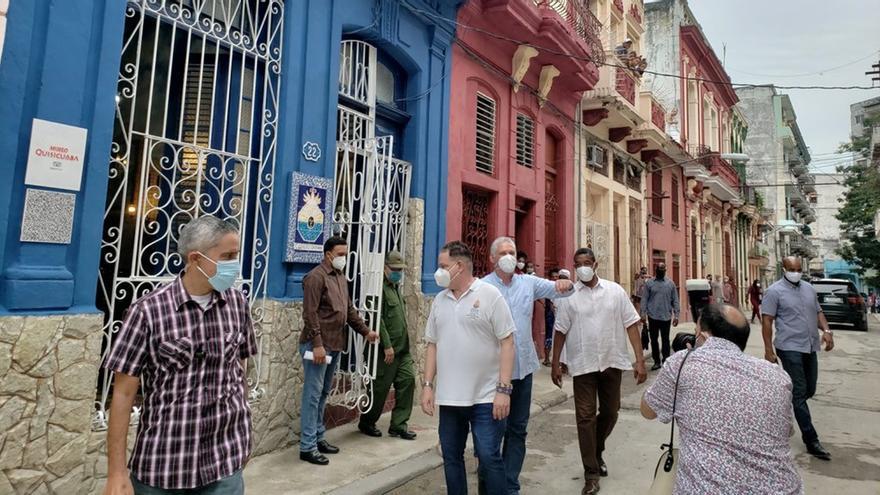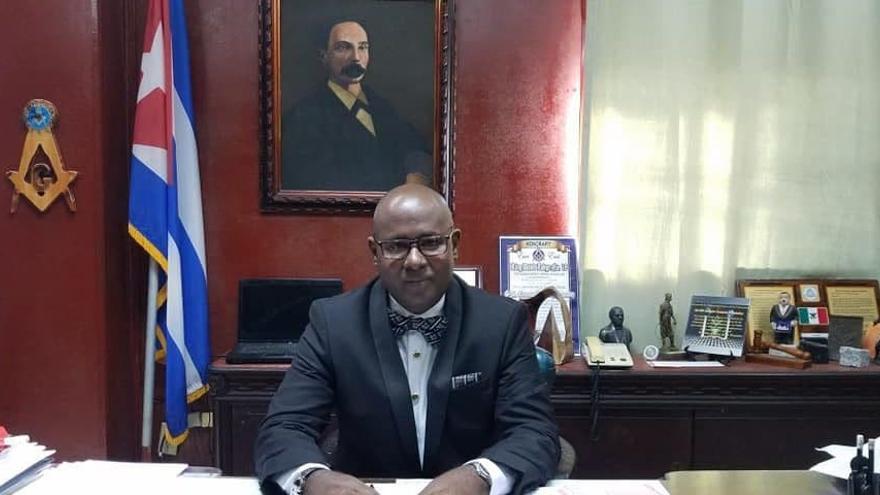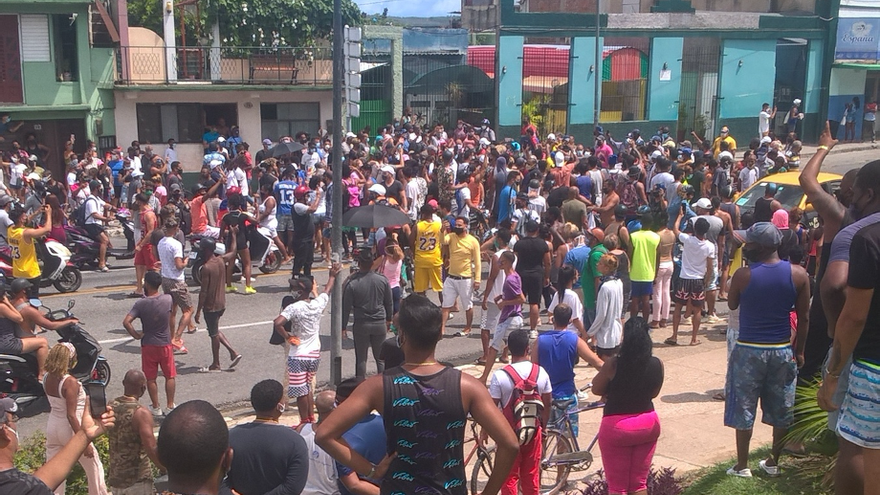
![]() 14ymedio, Havana, 29 August 2021 — Cuban authorities have not yet authorized the landing on the island of cargo airlines from the United States with humanitarian aid despite the fact that the island is experiencing a collapse in its healthcare system and despite the voices that are clamoring for a humanitarian airlift to bring resources to families and hospitals.
14ymedio, Havana, 29 August 2021 — Cuban authorities have not yet authorized the landing on the island of cargo airlines from the United States with humanitarian aid despite the fact that the island is experiencing a collapse in its healthcare system and despite the voices that are clamoring for a humanitarian airlift to bring resources to families and hospitals.
In mid-August, local media in Florida reported that a group of U.S. executives had requested permission from the government of the island a month ago, but that Havana had not yet responded. A silence that has lasted until now.
“So far we do not have permits to land on the island, which the Cuban government must give,” Rey Gonzalez, an executive of IBC Airways, explained to Cubanet last Thursday. “We are not flying to Cuba because we do not have those permits. Once we have those documents to land in the country then we can work with local agencies to send humanitarian aid. But so far we don’t have that.”
It was in early July when cargo airlines IBC Airways and Skyway Enterprises obtained temporary authorization from continue reading
In Miami, organizations such as Solidarity Without Borders (Solidaridad sin Fronteras, SSF), have been dedicated to collecting humanitarian aid. Dr. Julio César Alfonso, president of the NGO, told América TeVé that since the announcement was made, they have not stopped receiving donations, but the arrival of medicines, food and supplies to Cuban homes has slowed down.
SSF also presented last week the web page of its program of “direct assistance” to healthcare professionals on the island, with the aim of sending medicines and medical material, which will function as the main link for aid. They also intend to “coordinate different humanitarian assistance operations directly with all the health professionals in Cuba who voluntarily decide to join our support network,” said Alfonso.
While they continue to collect donations, the IBC Airways executive affirms that at the moment it is not known if the Cuban government intends to grant the permits to the airlines. “Unfortunately, we can’t do anything until Cuba grants those landing permits, and there is no information on when or if they will authorize them,” Gonzalez explained.
IBC Airways requested to fly twice a week to Havana until November. The airline reported that it will carry diplomatic mail and 7,500 pounds of humanitarian aid on each flight, in coordination with the CubaMax agency.
Like IBC Airways, Skyway Enterprises is authorized to operate flights to Havana, Villa Clara, Camagüey, Santiago de Cuba and Matanzas. The latter company had scheduled 20 shipments to Havana from July 22 to September 28, after which date it will be able to fly only twice a week to the Cuban capital.
In August of last year, the Trump Administration suspended private charter flights to Cuba as part of a package of sanctions against the island’s government. “The Castro regime uses tourism and travel revenue to fund its abuses and interference in Venezuela,” Secretary of State Mike Pompeo wrote on his Twitter account at the time, announcing the decision. “Dictators cannot be allowed to benefit from U.S. travel,” he added.
Two months later, the U.S. government vetoed the takeoff of two cargo flights to Cuba that, according to Skyway Enterprises and IBC Airways, were for “humanitarian” purposes and did not fall under the exceptions for the suspension of air connections between the two countries.
The Department of Transportation consulted with the State Department on the procedure to be followed and finally the U.S. Executive concluded that the flights “would not be in the interest of U.S. foreign policy.”
Cuba’s response was swift. Foreign Minister Bruno Rodríguez described the ban on humanitarian cargo flights as “a ruthless act.” “The Trump administration is stepping up the punishment of Cuban families in both countries right up until now,” he lamented in a message on Twitter.
The silence of the Cuban government is surprising at a time when the country is facing a strong resurgence of the pandemic, aggravated by the lack of oxygen, medicine and doctors, overcrowded hospitals and collapsed funeral services.
In social networks and independent media, photos and videos are circulating showing the deplorable conditions of many hospitals and the complaints of the doctors themselves about the lack of supplies to do their work.
Translated by: Hombre de Paz
____________
COLLABORATE WITH OUR WORK: The 14ymedio team is committed to practicing serious journalism that reflects Cuba’s reality in all its depth. Thank you for joining us on this long journey. We invite you to continue supporting us by becoming a member of 14ymedio now. Together we can continue transforming journalism in Cuba.


